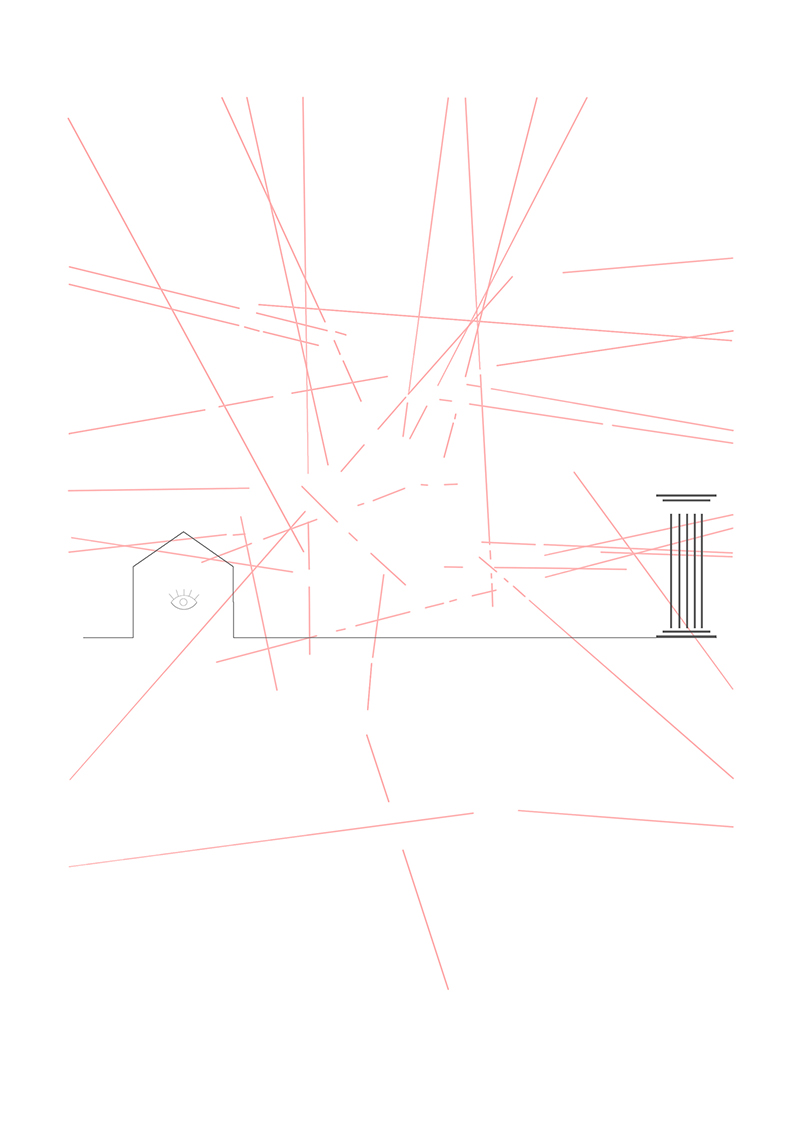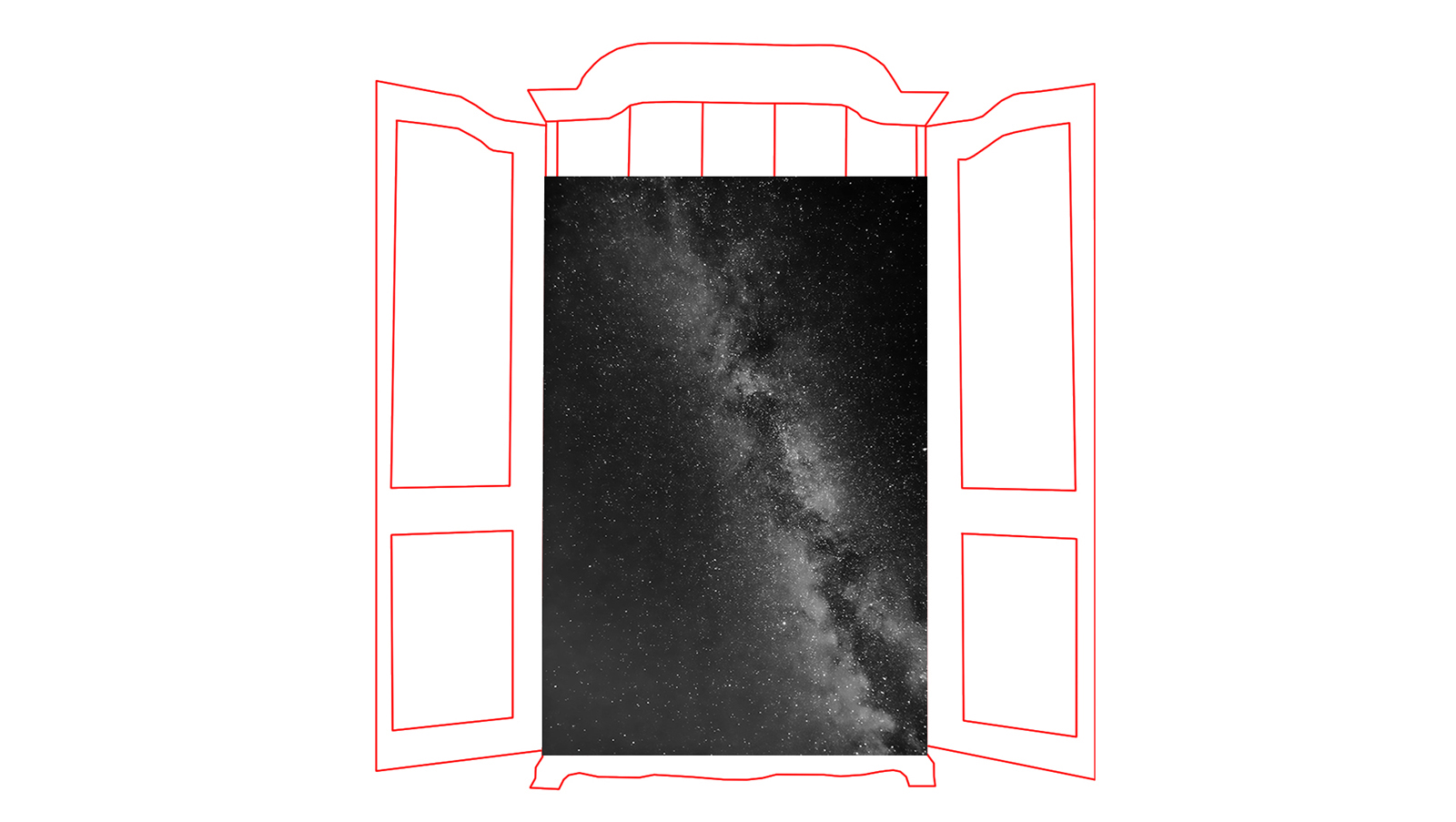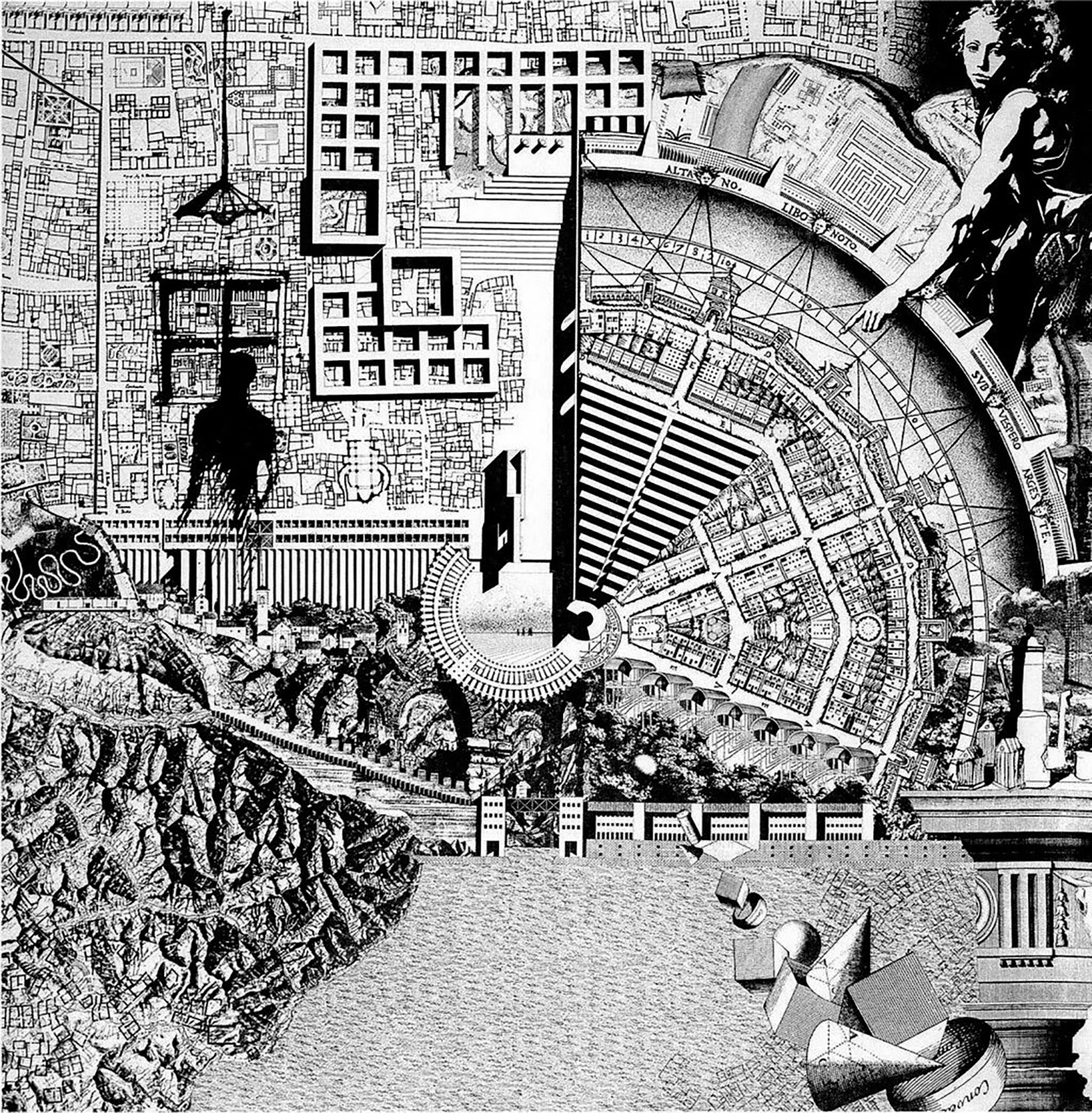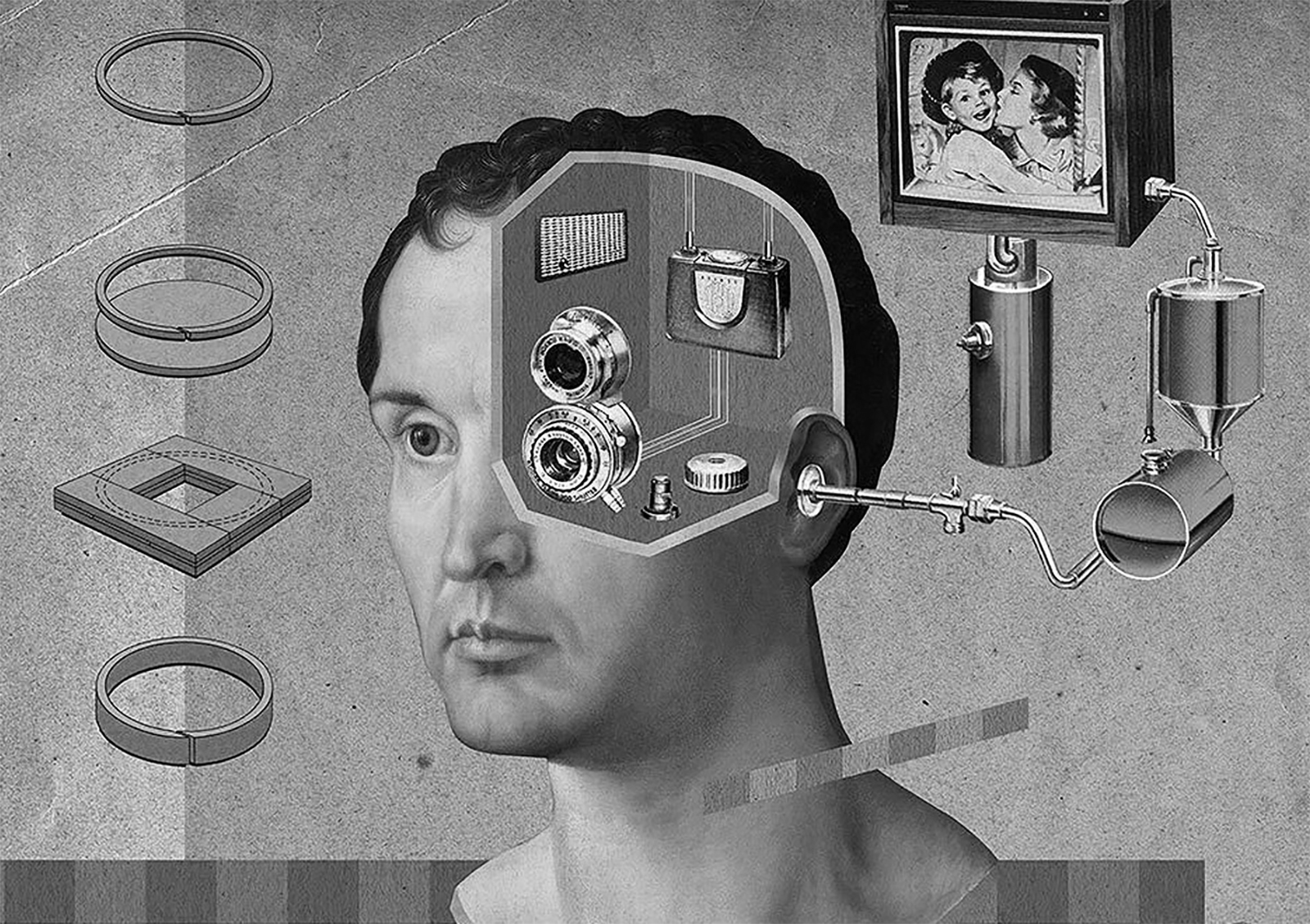Does memory exist in our minds? Is it a mental process or does it have a material substance? Is it possible for something immaterial to be constantly present? Do we feel memory? Do we see it? Do we smell it? Which of all the things I remember is true and which is fake? Did I experience this or did I imagine it? Does living in a place mean I remember? Then how can I remember something I did not experience? Do places hide memories? And if so, why dont I remember something?
This research thesis attempts to investigate the meaning of memory as a primary element of human cognition and existence through its spatial aspects in the personal and the collective sphere. The thesis initiates from the distinction the philosopher Paul Ricoeur makes. While he classifyed the theoretical traditions that examined the function of memory from antiquity onwards, he made a distinction between two kinds of memory. The one was the “tradition of the inner eye” and the other was the “ tradition of the external eye”. Taking this as starting point the thesis examines the city and monuments as the “external” memory and concludes to the “inner” memory individuals acquire in their childhood home.
The work follows a specific line of reasoning, which tries to explore the complex meaning of memory and space. In the first chapter a conceptual introduction is made on the question of memory and place, focusing mainly on theirdual nature. In the second chapter the study of the city and collective memoryare being investigated, through the writings of Aldo Rossi. Next, we focus in the study of monuments. In the third chapter, the concept of “monument” is compared to what we call inhabited monument to demonstrate that dwelling and experience are inextricably linked to the concept of memory. Finally, the research focuses on childhood and the primaryinhabited monument of human existence that is the childhood home, through the writings of Gaston Bachelard. The work closes associatively, with “Citta Analoga” by Aldo Rossi, which is the intersection of the individual and of collective memory, expressed through architectural creation.
Collective memory is directly connected to our knowledge and beliefs, while it is reflected in space, mainly through human constructions and monuments, which form memory as an external submission, within a city or a place in general. On the contrary, individual memory returns to us mainly through contemplation and daydreaming of places of dwelling and intimacy. That is exactlythe point where we attempt to extend to a spatial attribution the separation of the two schools that Ricoeur distinguished, that of the inner eye and the external eye. Extending this separation even further, we could mentionthe external and the inner of memory. These spatial features could attribute the layers of the “palimpsest of memory” passing from place to the human soul. The deeper one explores this palimpsest of human memory, the more he discovers the memories that nest in the indeterminacy of the inner life, while in the outermost layers one can discern memories that have been defined by the actions of the whole and are a stake of authority that allows conscious or unconscious manipulations.
https://issuu.com/selenats/docs/tsoukala_selena-eleni_ereunitiki_2020













